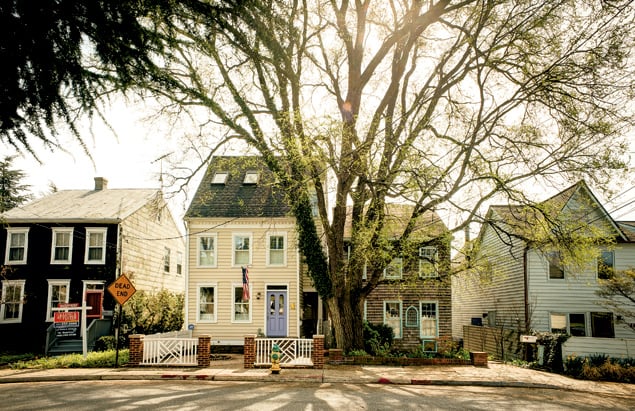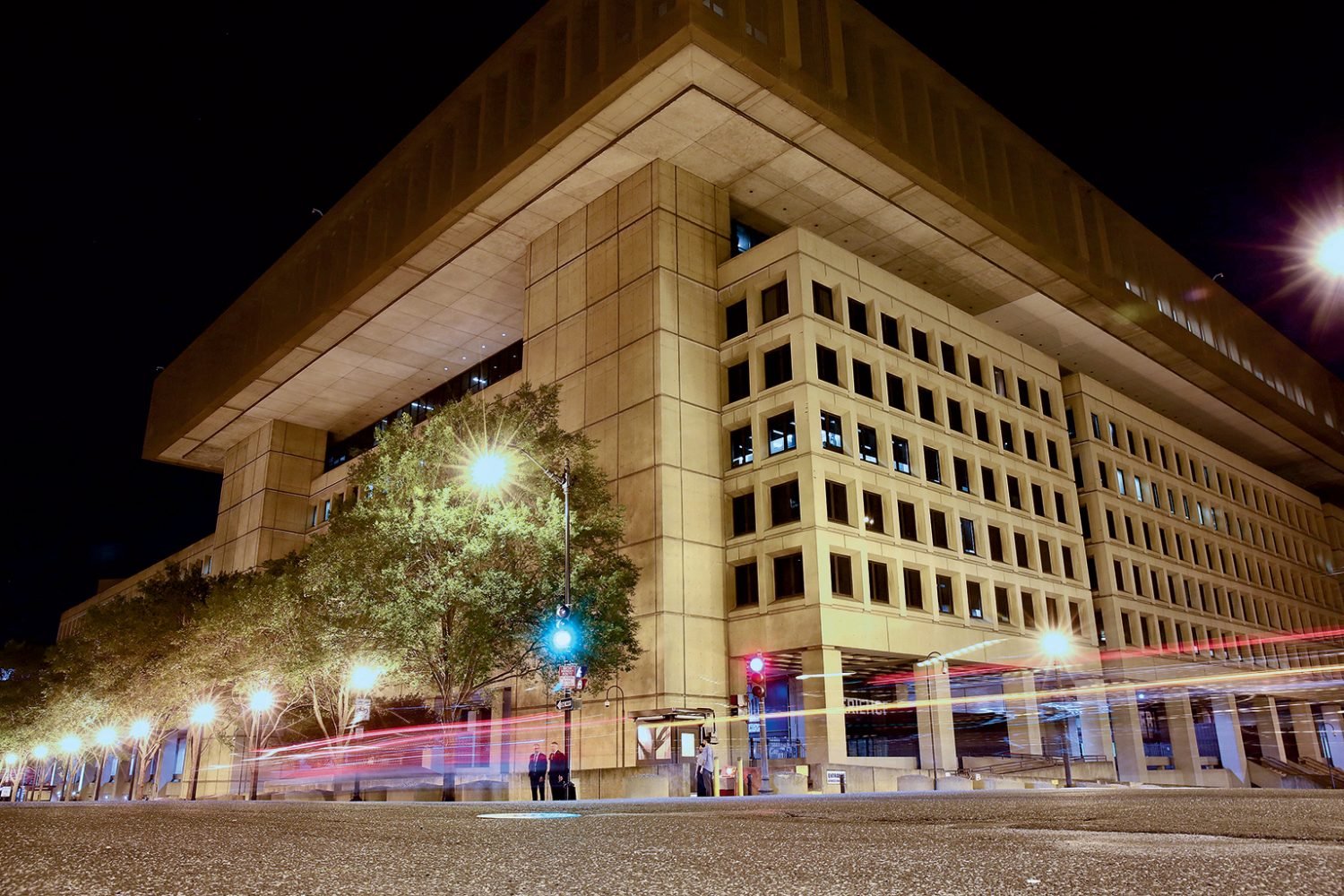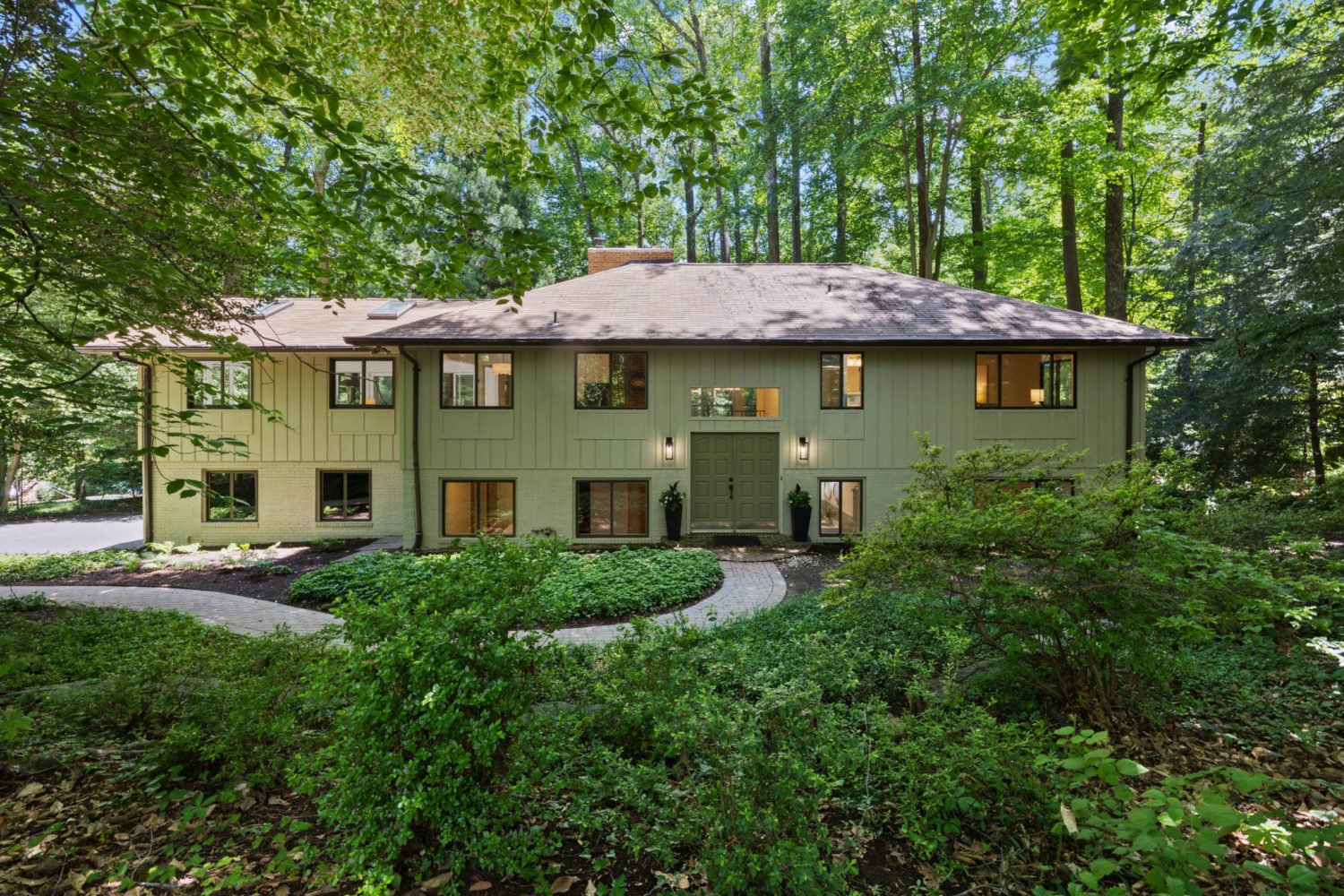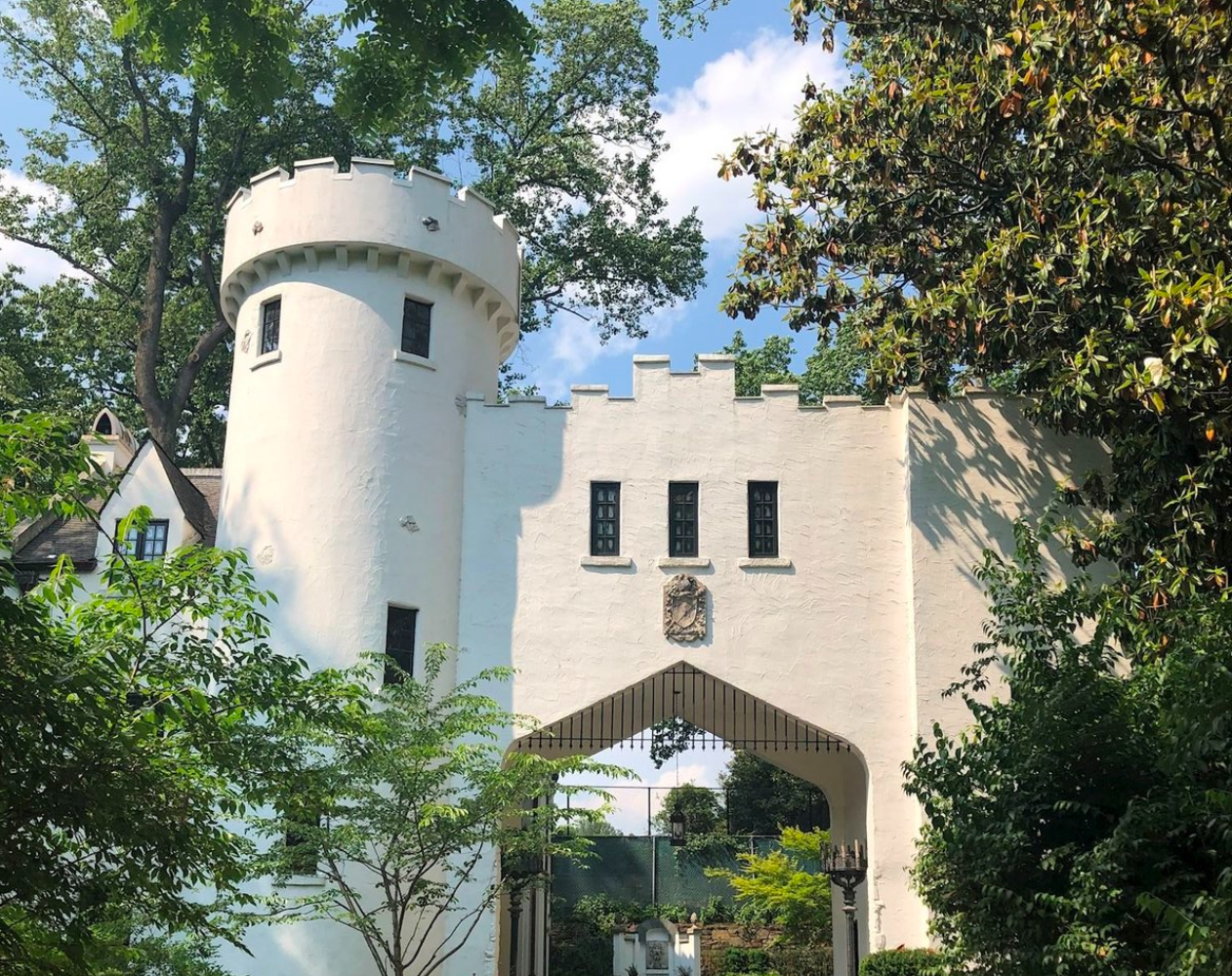Always Dreamed of Living by the Water
Real-estate agent Mike Hamby says he gets contacted every week For empty-nesters who fantasize about living near the water, Real-estate agent Kimberly Barton says foreclosures played a In addition to water views and a strong boating culture,Annapolis
by about a dozen potential buyers who want to move to Annapolis after
their children have left home.
now may be a good time to buy in the Annapolis area. Three of the city’s
Zip codes—21401, 21403, and 21409—have seen prices fall in recent years.
In 21401, median prices have dropped by 5½ percent over the past three
years, to $375,000; in 21409, median prices fell by just over 3 percent,
to $347,000. The biggest decline was in Zip code 21403, just south of
downtown Annapolis, where prices are down by almost 20 percent, to a
median 2011 price of $318,500. In all three Zip codes, homes sat on the
market more than 100 days.
big role in dragging prices down. While foreclosures are finally leveling
off, there are still good deals to be had, especially for buyers willing
to do some work, such as renovating a kitchen.
Annapolis offers continuing education at Anne Arundel Community College,
performances by the Annapolis Symphony Orchestra, and art classes and
exhibits at Maryland Hall. Murray Hill resident and magazine publisher
Donna Jefferson, whose youngest son is in college, sees many of the same
faces at her favorite coffee shop, Hard Bean Coffee & Booksellers,
every morning. She loves to walk along the water. “You get so you know
when high tide is,” Jefferson says, “when the jellyfish and crabs are
coming in—you get into that whole rhythm.”
Love Art and Culture
Recent development has breathed new life into the West End and While much of the neighborhood consists of rowhouses built in The revitalization may help explain why prices in the 20037 Zip The neighborhood offers easy access to the Foggy Bottom Metro Barbara Howey, 65, and her husband moved to the Watergate afterDC’s West End/Foggy Bottom
Foggy Bottom. A mixed-use project on George Washington University’s campus
called Square 54 has added a 36,000-square-foot Whole Foods as well as
office space, a luxury apartment building, and a handful of new
restaurants. “There are a lot of students, a lot of young professionals,
more and more young families, and a large retired community,” says Asher
Corson, president of the Foggy Bottom Association.
the early 20th century, a good many high-end, modern condo buildings have
opened recently. With amenities such as concierges, valet parking, and
fitness centers, they’ve become popular with empty-nesters who no longer
want the headache of maintaining a single-family home.
code are up by close to 15 percent over the last three years—and up by 6
percent from 2010 to 2011, when the median home price reached $505,000.
Prices in the new, high-end condo buildings can be much higher—a
two-bedroom, two-bath in 22 West, in the West End, sold in September for
$1.6 million.
station, several bus lines, and the Capital Crescent Trail. The
restaurants and shops of Dupont Circle and Georgetown are 15-minute walks
away. Nearby museums include the Corcoran Gallery of Art and the Phillips
Collection. George Washington University, which lets neighborhood seniors
audit college courses at a reduced rate, is another draw.
raising their family near San Francisco. They attend the Kennedy Center’s
free Millennium Stage performances almost every evening. “We just walk
down there,” Howey says. “It’s ideal.”
Want Your Money to go a Long Way
Chantilly offers easy access to the Appalachian Trail, the About 25 miles west of Washington, Chantilly comprises two Zip Grace Han Wolf, owner of the paint-your-own-pottery studio Clay Says Wolf: “There’s everything an empty-nester might wantChantilly
Shenandoah Valley, Virginia wineries, and the Blue Ridge Mountains. But
perhaps the biggest draw for empty-nesters is its affordability. “You can
get quite a bit of house,” says real-estate agent Colin Storm, “or
downsize and really cut costs.” Storm adds that many empty-nesters make
the move before they retire, especially if they work in Northern
Virginia.
codes: 20152, which had a 2011 median house price of $416,850, and 20151,
where the median was $339,950. Although both Zip codes have held their
value pretty well in recent years, the more rural 20152 has seen prices
soften as new developments created an oversupply of housing. In 20151, the
neighborhoods consist mostly of large Colonials built in the 1980s and
’90s. Because of the limited housing supply, the market there has been
stronger.
Cafe Chantilly, says grandmothers often bring their grandchildren into the
store. The local community center, the Cub Run RECenter, has a pool, a
fitness center, and a nature program for adults. The Dulles Expo Center
regularly hosts events, from flea markets to craft festivals, and
residents recently came together to raise money to renovate Chantilly
Regional Library, which originally opened in 1995. Quick access to Dulles
Airport makes visiting and hosting grandchildren relatively
easy.
within 30 minutes.”
Value Convenience
In the past two decades, several large planned developments “We had a spike in prices back in 2005, 2006, and 2007,” says But in certain hot spots, houses sell briskly. Susie Danick, Built in the 1990s, Kentlands has single-family homes, In 2000, Danick launched a business, Transitional AssistanceGaithersburg
have been built around Gaithersburg, creating communities where residents
can eat, shop, and play within walking distance of home. Lakelands, for
example, has more than 1,000 condos, apartments, townhouses, and
single-family homes. Residents can dine at Tandoori Nights or Buca di
Beppo and do their grocery shopping at the nearby Whole Foods or Giant.
The community has its own pool, tennis courts, and clubhouse.
Gaithersburg broker Roy Kelley. “Now prices are back down.” In the 20882
Zip code, prices have fallen by almost 11 percent over the past three
years, bringing the median home price to $580,000 in 2011. Homes sat on
the market an average of 112 days in 2011, much longer than the 78-day
average in the Washington area.
51, recently traded townhouses in Kentlands. Both sold close to their
asking price within two weeks of being listed. “If things are priced
appropriately, they sell very quickly,” she says. Danick moved to
Kentlands right before her eldest child left for college. “We didn’t want
the maintenance of a big house anymore, and I can walk everywhere. It’s
easier living.”
townhouses, and apartments as well as restaurants, an arts center, a
theater, clothing boutiques, and a grocery store. Danick walks her dogs
every morning around the community’s two lakes.
& Design, to help people who are moving to smaller homes. Demand has
grown so much that she now has 25 employees.


















